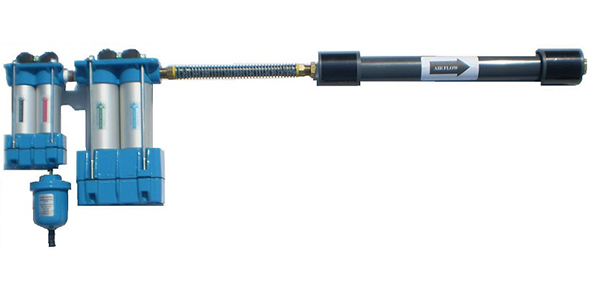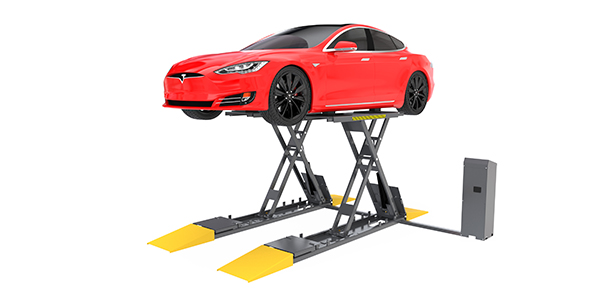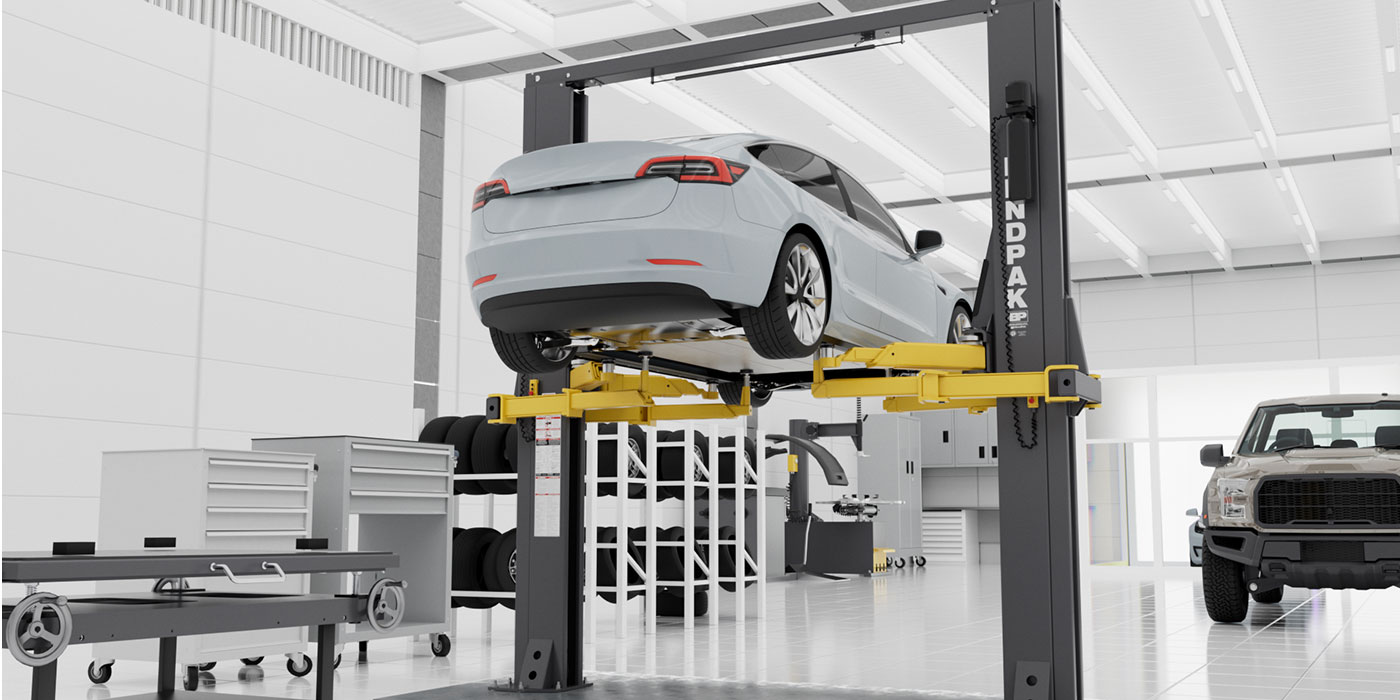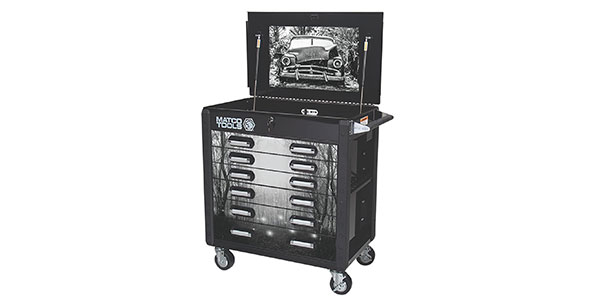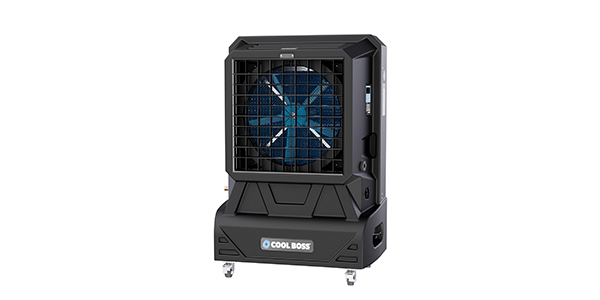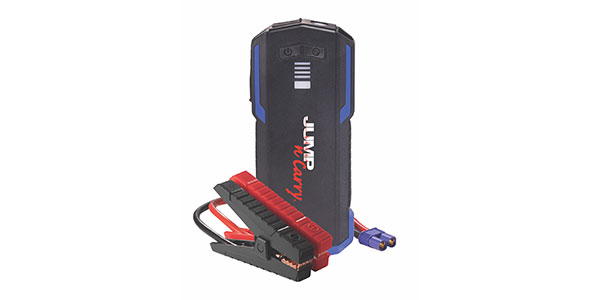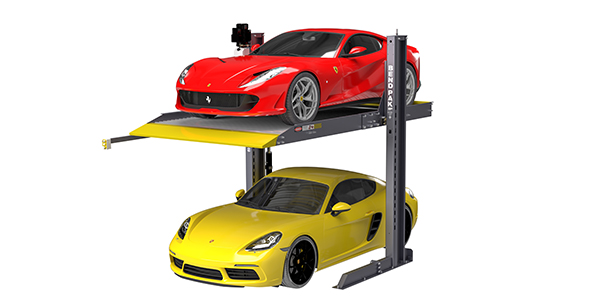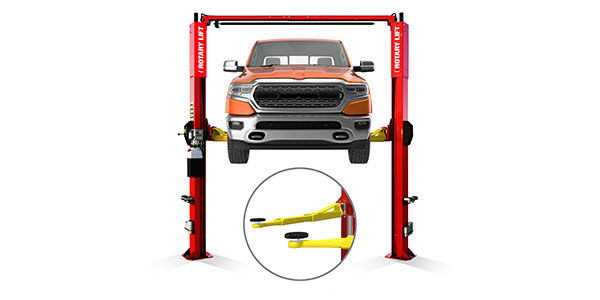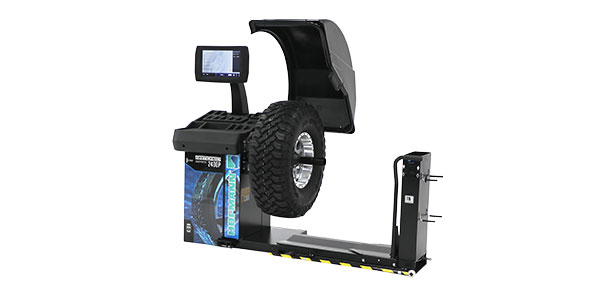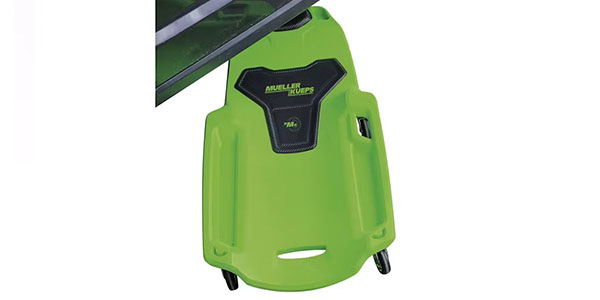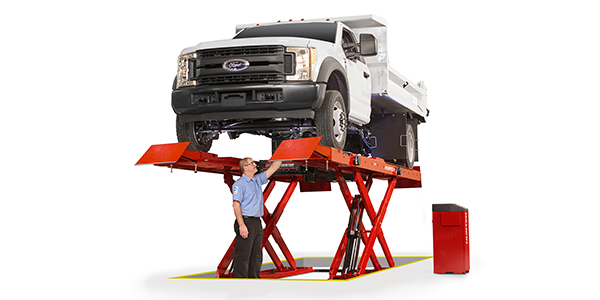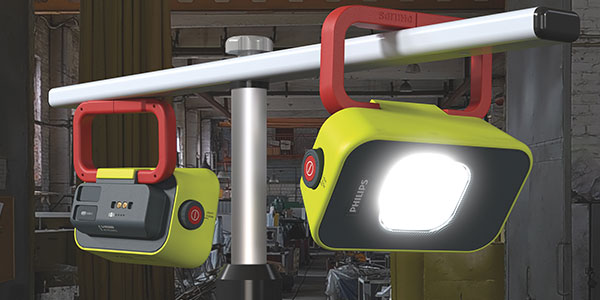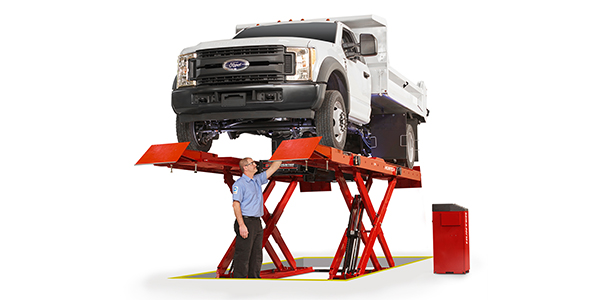Because a good “stick shift” driver can always squeeze a few more miles per gallon out of a manual transmission or otherwise out-perform their automatic transmission counterparts, it’s no wonder that clutch replacements continue to be a good business for repair shops. In most cases, a routine clutch replacement requires very little in special tooling and, if the proper inspection and installation procedures are followed, become very profitable for the typical shop. To make an installation more profitable and less time-consuming, new clutch assemblies are now offered as installation kits, complete with a handy disc alignment tool, and new pilot and release bearings. In addition to the new clutch, many shops recommend replacing hydraulic clutch linkages or cables, and installing new or reground flywheels. In most cases, the added parts and services will provide better clutch performance and long-term savings for the customer.
Clutch Performance
Veteran technicians know that the clutch is the heart of manual transmission performance. From a standing start, the friction generated by the clutch disc rubbing against the pressure plate and flywheel must overcome the inertia of the vehicle to get it rolling. The clutch must also engage smoothly without excessive chatter or slippage. To allow the driver to shift gears, the clutch must then be able to disengage the engine smoothly from the transmission. Each time the driver shifts, the clutch must also absorb minor mismatches between engine and drivetrain speeds. To prevent drivetrain shock and noise, the clutch must also absorb torque thrust as the vehicle accelerates or decelerates through the gears. Of course, when the clutch begins to chatter or slip on take-off or fail to release during a gear change, we realize it’s time for a clutch replacement.
Clutch Disc Construction
When the clutch disc is closely examined, it’s apparent that the hub is insulated from the outer disc by torque-absorption springs arranged concentrically around the clutch hub.
Because these springs cushion the throttle-on, throttle-off torque present during normal driving, they tend to wear or break under severe or abusive operating conditions. Next, the steel disc is divided into radial segments that resemble the blades of a fan. Each blade is usually waved to create a marcels effect that provides a small degree of compressibility (typically 0.020”) between the two friction faces. This compressibility factor gives the driver a sense of “feel” as the clutch engages.
Excessive marcel is usually caused by the rivets wearing into the lining or by poor manufacturing processes and will cause the clutch disc to drag against the pressure plate. This, in turn, will cause difficult gear engagement or hard shifting. Abusive driving habits, such as abrupt, high rpm clutch engagements, tend to loosen the rivets and cause the lining to detach from the disc assembly.
The riveting process provides the flexibility needed between disc and lining to make the disc compressible. As the disc is riveted, it must remain completely flat. Since even a minor warpage of 0.020” will cause the disc to drag against the flywheel and pressure plate, it’s extremely important that the disc be manufactured, packaged and handled with care.
A simple way to test for disc warpage is to lay the disc on the new pressure plate assembly and then begin pressing around the edge of the disc with your thumb. If the disc tips upward at any point, the disc is warped. A small amount of warpage can be reduced by judiciously bending the disc over the knee. Obviously, this is an incremental process requiring patience. If too much pressure is applied or is applied in the wrong place, the disc can be ruined.
Pressure Plate Designs
Because so many variations of pressure plate designs are being sold in the current market, it’s impossible to cover all of them in this space. Consequently, using a shop manual for clutch installation and adjustment is highly recommended for applications that, for example, incorporate pressure plates that are designed to maintain specific finger heights by compensating for wear on the clutch disc.
Whatever the design, the disc should be firmly clamped to the flywheel face and operate without slippage when the clutch pedal is fully released. Because it serves in a dual role of both spring and lever, the diaphragm spring is usually the simplest, most light-weight method of applying and releasing pressure from the disc. In the “Long” style of pressure plate, multiple coil springs are used to apply pressure to the disc. When coil springs are used, three levers are normally built into the pressure plate to release pressure from the disc. Whichever type of pressure plate is used, the basic operating principles apply and the diagnostic methods therefore remain the same.
Pressure Plate Operation
Obviously, the pressure plate must apply a tremendous amount of pressure against the clutch disc to keep the clutch from slipping against the flywheel at maximum power output. Generally speaking, the minimum clutch pedal travel in most vehicles is about 4”. To achieve complete release, a typical pressure plate must create an air gap of about 0.050” between the disc and flywheel. This amount of air gap is required to compensate for disc marcels and minor amounts of run out that occur in the flywheel, disc and pressure plate during manufacture. Obviously, disc marcels of 0.020” leave only about 0.030” of clearance or “air gap” to disengage the disc from the flywheel.
With those typical values in mind, it’s extremely important that the flywheel, clutch disc and clutch pressure plate operate in an exactly perpendicular plane with the engine crankshaft and transmission input shaft. If the bellhousing surfaces of the engine or transmission aren’t cleaned before reassembly or the bell housing is warped, the flywheel and clutch assembly will not be operating perpendicular to the plane of engine and transmission rotation. When excessive flywheel, disc or pressure plate run out occurs, the air gap diminishes until the disc begins dragging against the flywheel. When the disc begins to drag against the flywheel, the manual transmission grinds going into reverse and forward gear engagement becomes increasingly difficult.
Preliminary Clutch Inspection
A thorough inspection of all clutch-operating components should be done before disassembly. The first step is to inspect mechanical, cable or hydraulic linkages for specified clutch pedal free-play. Second, since they may affect smooth clutch engagement or magnify a minor chatter condition, always make sure that the engine and transmission mounting and torque-absorbing components aren’t oil-saturated, broken or worn out.
Third, inspect the clutch pedal lever bushings for excessive wear and inspect the vehicle’s firewall for excessive distortion when the clutch pedal is depressed. In some cases, a factory reinforcement kit may be required to restore full travel to the clutch pedal assembly.
Next, make sure that clutch pedal travel isn’t limited by an improper pushrod or linkage adjustment or by an extra-thick floor mat lying under the pedal. Last, inspect hydraulic linkages for fluid level, fluid condition and external leakage.
Pressure Plate Inspection
Today’s compact engine and transmission designs have little tolerance for manufacturing or installation errors. It’s always important, therefore, to completely remove the flywheel for inspection. If the old flywheel is to be re-used, inspect the starter ring gear for wear and the crankshaft mounting surfaces for smoothness. It’s important to either inspect the flywheel surface to make sure that it’s smooth and flat or that the flywheel hasn’t been ground beyond specification. If the flywheel is severely heat-checked or has been previously reground, replacement is usually the preferable option. If the flywheel is new, compare it to the old flywheel to make sure it’s an exact fit.
A procedure I recommend is to measure the lever or finger height by remounting the new disc and pressure plate on the new or resurfaced flywheel before it’s installed in the vehicle. Toyota, for example, recommends less than 0.020” total variation in height between the fingers on some diaphragm-style pressure plates. The difference can be measured by laying a smooth, circular object such as a bearing race on the fingers or levers to permit a comparative measurement. If a “dip” is apparent on a diaphragm-style pressure plate, the diaphragm spring may be damaged or broken. If an apparent variation appears in lever height on a Long-style pressure plate, the plate assembly is misadjusted. In either case, an excessive variation in finger or lever height will decrease the air gap between the disc and flywheel which, in turn, will initiate clutch chatter and release problems. Before installation, always clean all friction surfaces with brake cleaner and lubricate any pivot points with water-resistant grease.
The care a technician takes in pre-installation inspection and preparation always pays off in better clutch performance and reduced warranty complaints.

